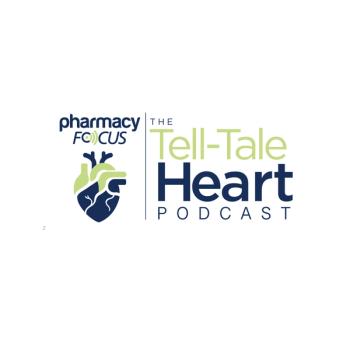
Predicting COPD Progression May Lead to New Treatments
Analysis of neutrophil behavior enhances understanding of chronic obstructive pulmonary disease.
Researchers discovered that neutrophils may lead to worse outcomes in some chronic obstructive pulmonary disease (COPD) patients, which may help predict COPD progression and lead to potential new treatment options.
It’s known that neutrophils, a process initiated in white blood cells, should help fight infection, but why it doesn’t in COPD patients hasn’t been fully understood.
A study evaluating this process among 141 patients with stable COPD was presented at the ATS 2016 International Conference.
“Our study found that a recently identified form of neutrophil behavior called neutrophil extracellular trap (NET) formation is present in the lungs of COPD patients, and may weaken their ability to eat and kill bacteria,” said lead study author James D. Chalmers, MD, PhD.
Researchers found that when NET formation weakened neutrophils’ bacteria-fighting capability, participants had more frequent chest infections, as well as worsening lung function and quality-of-life.
“This marker may help us identify patients at higher risk of disease progression and it identifies a subset of patients who may need treatments other than corticosteroids,” Chalmers said. “Our data show that inhaled steroids may even exacerbate NETs, so we need to identify new COPD treatments and discover whether inhibiting NET formation will result in improved clinical outcomes for patients with COPD.”
At the beginning of the study, sputum and blood was collected from 141 participants, as well as during acute COPD exacerbations and at the end of exacerbations.
A validated enzyme-linked immunosorbent assay was used to measure NETS, by targeting specific DNA associated with NET and protein complexes.
The results of the study indicate that the amount of NET complexes found in patients’ lungs was directly related to the severity of COPD and the risk of exacerbations. Furthermore, there was a significant increase in NETs when the exacerbations were unresponsive to corticosteroid treatment.
“Some recent studies described the presence of NETs in the COPD lung, so we wanted to know whether there was any relationship between NETs and outcomes in COPD patients,” Chalmers said. “We are now keen to find out if we can identify why NET formation occurs in these patients and whether it can be prevented or treated. While our new research is at an early stage, we hope that detecting NETs may be a biomarker that can identify patients at risk of deterioration, and that we can work toward testing whether inhibiting NET formation would be a beneficial treatment in COPD.”
Newsletter
Stay informed on drug updates, treatment guidelines, and pharmacy practice trends—subscribe to Pharmacy Times for weekly clinical insights.


















































































































































































































